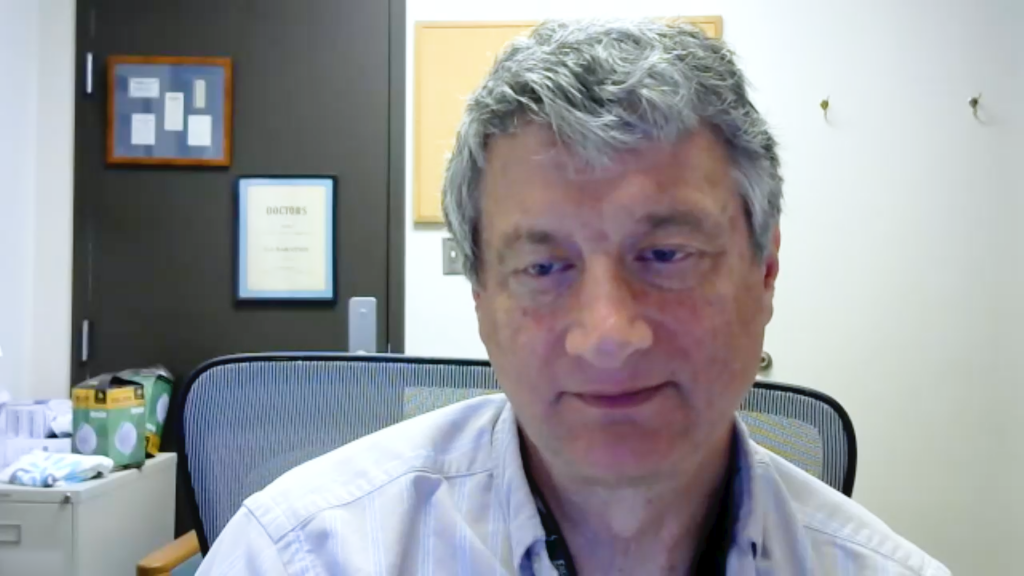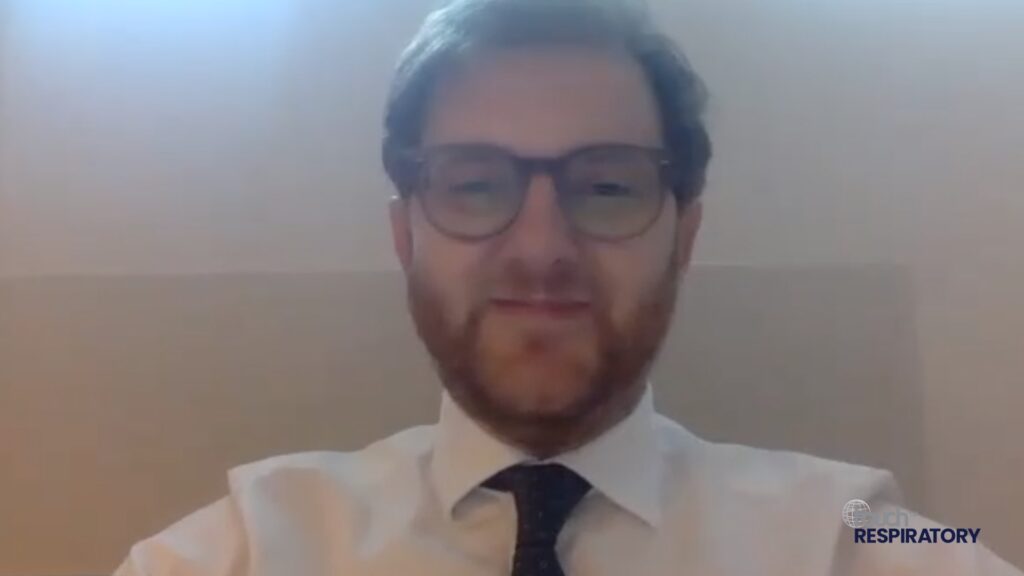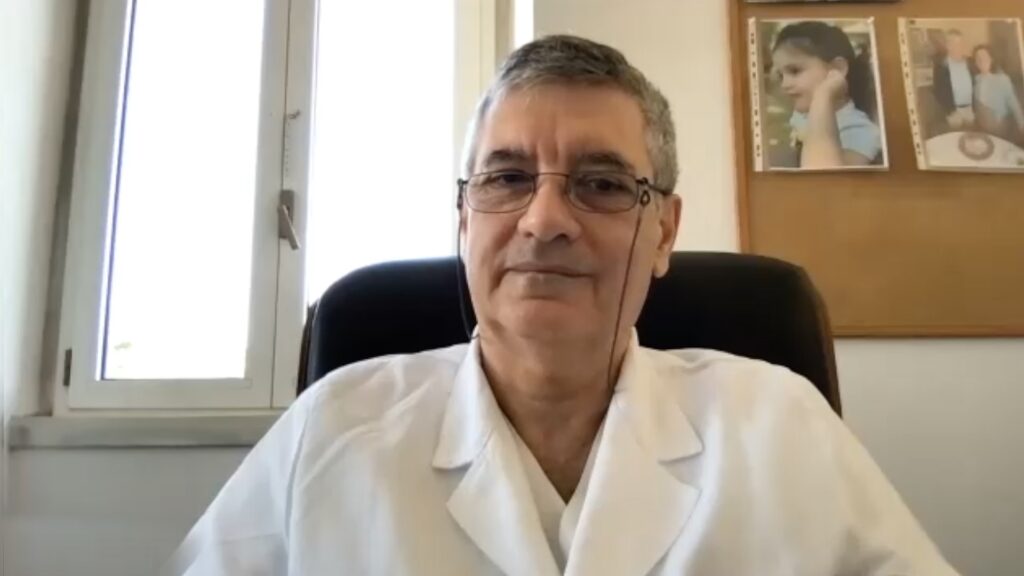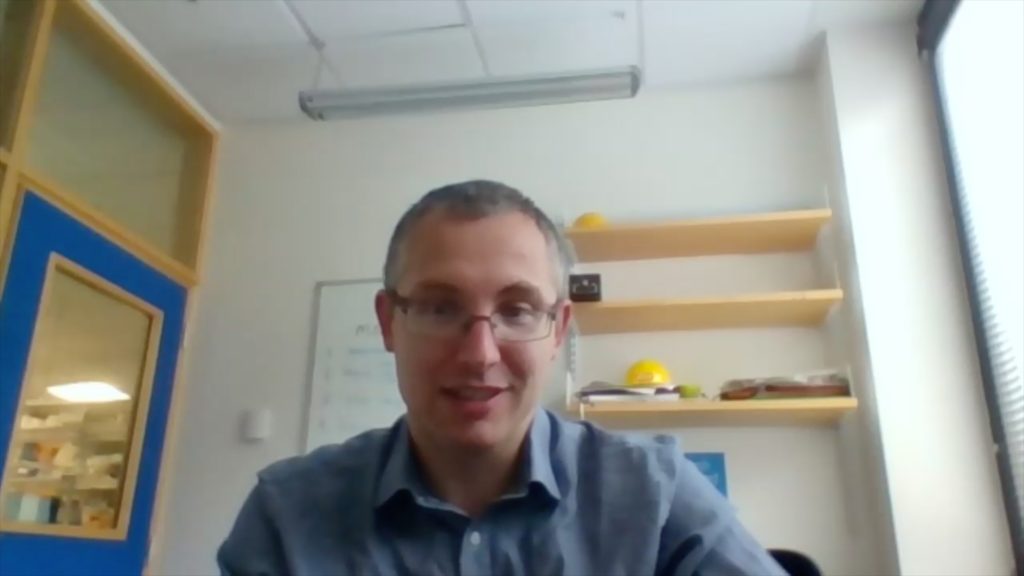The US Bronchiectasis and NTM Research Registry is a centralized database for the study of adult patients with non-cystic fibrosis bronchiectasis. In this interview Dr. Mark Metersky (UConn Health, Farmington, CT, USA) discusses the current challenges in the diagnosis and management of bronchiectasis and NTM, the aims of the registry and how it could impact clinical developments and patient outcomes in bronchiectasis and NTM.
The following analyses of the registry were presented at ATS 2023, 19-24 May 2023:
- ‘Characteristics of Bronchiectasis Patients Who Tested Positive for Coronavirus Disease 2019 – Data From the United States Bronchiectasis and Nontuberculous Mycobacterial Pulmonary Disease Research Registry‘ (Abstract number: 905)
- ‘Clinical Features of Bronchiectasis Patients With Rheumatoid Arthritis: An Analysis of the Bronchiectasis Research Registry‘ (Abstract number: 914)
- ‘Hypertonic Saline Use in Patients With Bronchiectasis: Analysis From the United States Bronchiectasis and NTM Research Registry‘ (Abstract number: 915)
- ‘Clinical Features of Patients With an Eosinophilic Phenotype: An Analysis of the U.S Bronchiectasis and NTM Research Registry‘ (Abstract number: 803)
- ‘Association of Baseline and Subsequent Bronchiectasis Exacerbations in Patients From the US Bronchiectasis and NTM Research Registry (BRR)‘ (Abstract number: 804)
- ‘Longitudinal Changes in Forced Expiratory Volume 1 (FEV1) According to Exacerbation Frequency in Patients From the US Bronchiectasis and NTM Research Registry (BRR)‘ (Abstract number: 805)
- ‘Cftr Mutation and Increased Rates of Pulmonary Infections Among Patients From the US Bronchiectasis and NTM Research Registry‘.
Questions
- What are the current challenges in the diagnosis and management of bronchiectasis and NTM? (0:35)
- Please could you describe the US Bronchiectasis and NTM Research Registry and its aims? (2:20)
- How will the registry impact clinical developments and patient outcomes in bronchiectasis and NTM? (3:11)
Disclosures: Mark Metersky discloses consulting for Insmed and Tactile; receiving grant/research support from Insmed and receiving reimbursement for DSMB membership from AN2 and Renovion.
Support: Interview and filming supported by Touch Medical Media Ltd. Interview conducted by Victoria Jones.
Filmed in coverage of the ATS Annual Meeting.
Click here for more content on bronchiectasis & here for more information around the Bronchiectasis & NTM Research Registry.
Transcript
What are the current challenges in the diagnosis and management of bronchiectasis and NTM? (00:37)
That’s a very difficult question to answer in just a few minutes, especially because bronchiectasis and NTM, while they’re often seen together in many patients, are separate diseases. So, diagnosis of bronchiectasis is easy once someone suspects it and gets a CAT scan, but we’re still seeing delays in diagnosis of five to ten years based upon patients having symptoms for that long before they’re diagnosed in several studies, as well as more recent data that hasn’t been published yet. There is certainly an unmet need in patients with bronchiectasis. There are no FDA-approved treatments, and it’s difficult in the more severe patients to improve their quality of life. The treatments we have are not as effective as we would like, and many of them have significant toxicity. Moving to non-tuberculous mycobacteria, the most common of which is Mycobacterium avium complex, similar issues with delays in diagnosis, but even more importantly, our treatment is quite toxic with a lot of side effects. It’s a multi-drug regimen for a minimum of fourteen to sixteen months, and it doesn’t work all the time and even when it works, when we cure the patient, they’re prone to have a reinfection because the organism is ubiquitous in nature, and the patient has to start all over again if treatment is indicated. So, there are huge challenges.
Please could you describe the US Bronchiectasis and NTM Research Registry and its aims? (02:19)
So, this is a consortium currently of twenty-two medical centers with expertise and interest in bronchiectasis and NTM and we all submit data to a central data repository that allows us to ask and answer research questions that we might not be able to do with just a few hundred patients from an individual center, but that with over five thousand enrolled patients, we can address some of these more difficult research questions. Currently, it’s mostly a data repository, but we aim to branch out and start doing collection and banking of samples and try to move the science forward.
How will the registry impact clinical developments and patient outcomes in bronchiectasis and NTM? (03:10)
The aim is that we can answer questions that can help guide development of future treatment. The history of drug development for bronchiectasis is littered with many promising treatments that did not make it to FDA approval because of problems in patient selection for the studies, study design, trial design, and the more we can learn through this type of effort, the closer we can get to providing more effective therapies for these patients.
Subtitles and transcript are autogenerated







